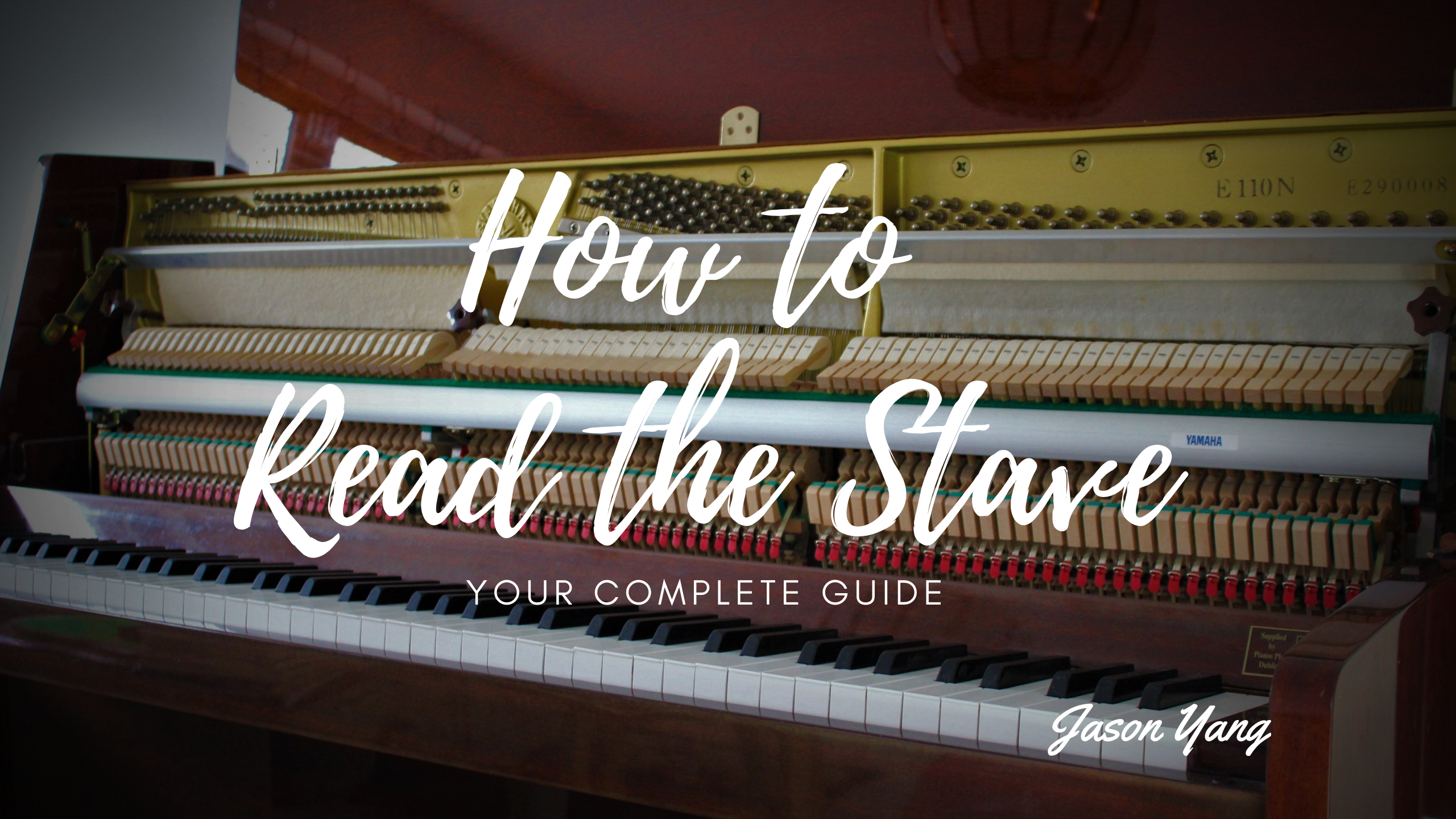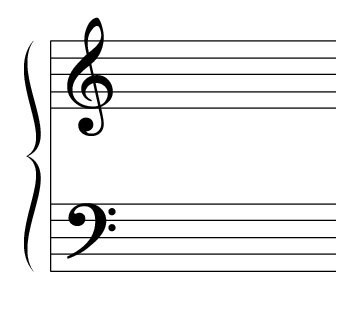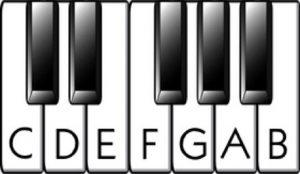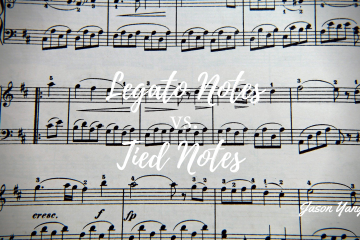1. How to Read the Stave, Your Complete Guide

Table of Contents
How to Read the Stave, Your Complete Guide
Understanding the language of music
When you first look at sheet music you may be put off. Luckily though, those dots and squiggles look more daunting than they really are.
All music is written on staves which have 5 lines and 4 spaces. These lines and spaces help us express the pitch of the note we should play. The higher on the stave, the higher in pitch.
Piano music is read two staves at a time, with the right hand corresponding to the top stave and the left hand corresponding to the bottom stave. The combined staves for piano music are called grand staves.
For piano, the grand stave will usually have a treble clef on the top stave and a bass clef on the bottom stave. Familiarize yourself with these, you’ll be seeing a whole lot of them!
What are these clefs?
These clefs are guidelines that tell us where our hands should be. For example, if we see a treble clef, we can expect our hand to be positions above middle C, and if we see a bass clef, we can expect our hand to be positioned under middle C.
Because the clefs represent different areas on the piano, the lines and spaces that they cover are also different. We use rhymes to help us remember the name of these notes.
Here’s what I mean. The first letter of each word is the name of the note on that line or space. The notes in black are on lines and the notes in blue are on spaces (between lines).

The ‘Good Burritos Don’t Fall Apart’ rhyme is something I learnt from my students when I was teaching in New York. Do share it, I think that if you know what a burrito is, it’s much better than ‘Good Boys Deserve Fine Apples’ and ‘Green Buses Drive Fast Always’ that most Irish teachers use.
Anyways, you may be wondering why multiple notes have the same letter names. This is because we only use 7 letters in music; A to G. When we run out, we simply repeat them.
We’ll get back to this, but first please try these two exercises I made. Comment your answers in the comments section below and I’ll correct them when I get a chance!
Exercise 1: Using the rhymes you have remembered, write out these treble clef notes

Exercise 2: Using the rhymes you have remembered, write out these bass clef notes

How does it all work together?
If we combine the rhymes, we’ll see a pattern emerge. Again, the black notes are the lines and the blue notes are the spaces.


Can you see the pattern? By going up the stave step by step, we are also going up the alphabet. This is how we use the 7 letters to cover 88 keys on piano.
The opposite applies when we go down the stave. We go through the alphabet backwards.
How do I know which note is which?
Let’s introduce you to our go to note; middle C. This is the C exactly at the center of your piano.

The following are the exact same note; middle C represented in the treble and bass clefs.

Navigating the piano
The piano has black keys too, let’s not forget about them. The black keys come in sets of two or three, and they help us easily navigate to the notes on the piano. For example, the first white note to the left of two black notes is always C, and the first white note to the left of three black notes is always F.
You can use this picture to help you.

Exercise 3: Write down three random letters from A to G. Find and play all of them on the piano.
The stave only covers 9 notes, what about the rest?
Great question! To solve this problem, we add in imaginary lines called ledger lines. Hint, we’ve already seen this from middle C.
These ledger lines work in the exact same way as notes on the stave. We go up the alphabet if we’re going up the stave, and down the alphabet if we’re going down the stave.
Here are two quick examples, black notes represent line notes, blue notes represent space notes.


Now here’s two final exercises to see if you really understand the material we’ve covered. Comment your answers in the comments area and I’ll correct it for you when I get a chance!
Exercise 4: Using the alphabet, write out these treble clef notes

Exercise 5: Using the alphabet, write out these bass clef notes

I hope this article has helped you understand the basics of how to read the stave. Please share with anyone else you think might benefit.
Join my mailing list to be the first to get updates!



0 Comments